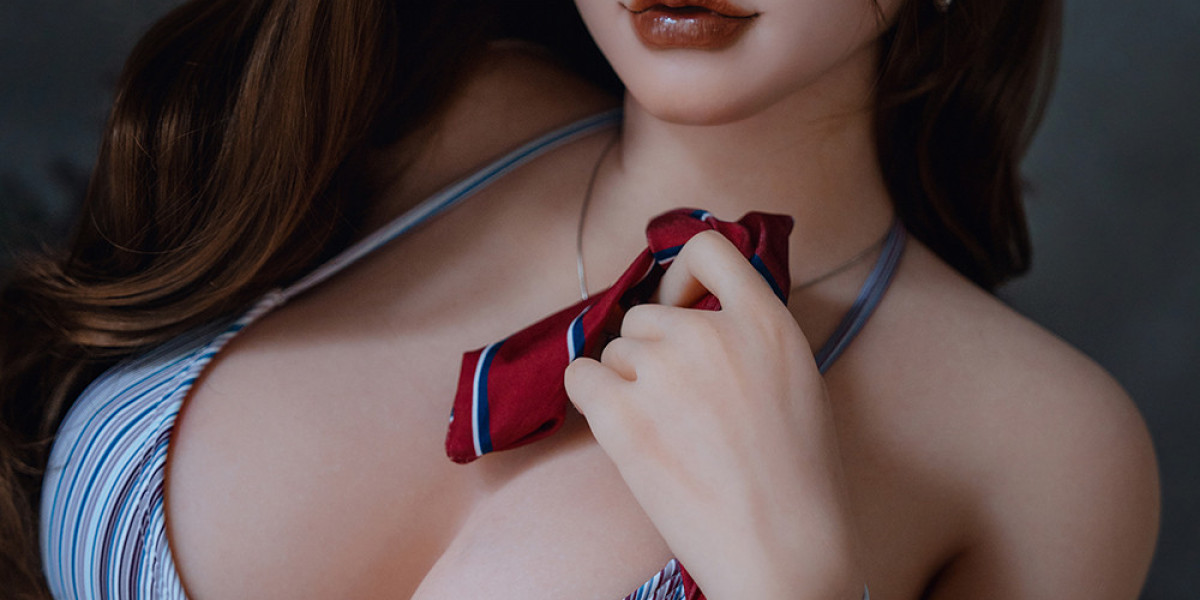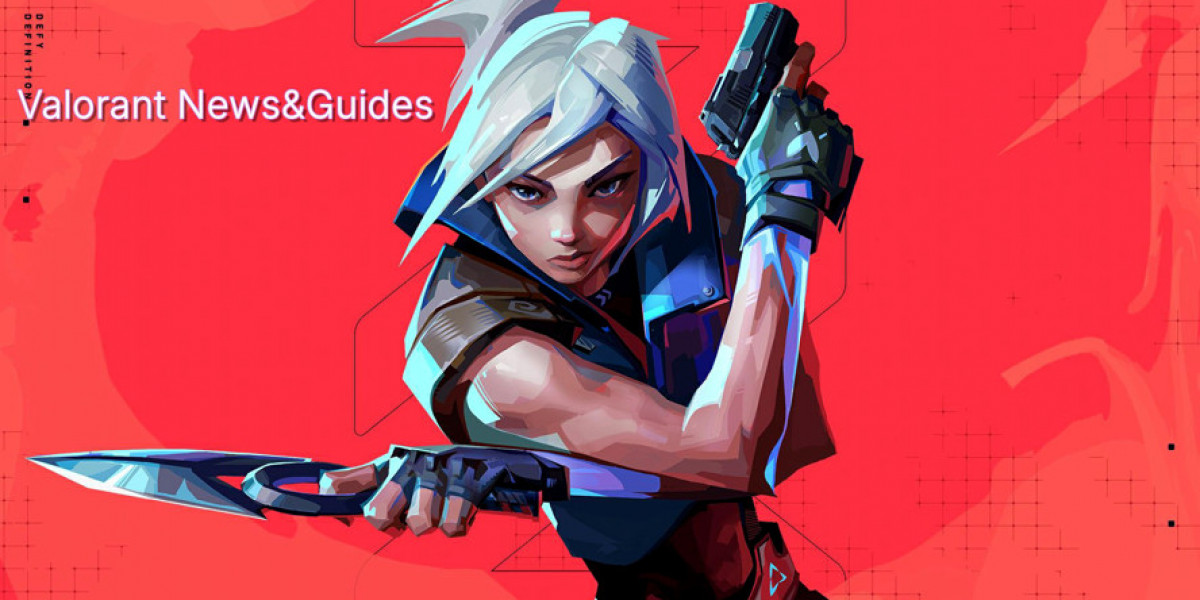Phulkari is not just embroidery—it's the story of Punjab, stitched with tradition, love, and identity. Rooted in centuries-old customs, Phulkari (meaning “flower work”) is more than a fashion statement—it's a cultural art form that continues to evolve with time while staying true to its roots.
Each region of Punjab has developed its own distinct Phulkari styles, making it a visual celebration of diversity within the same tradition. In this guide, we explore the most iconic regional Phulkari patterns across Punjab, revealing the differences in design, purpose, and craftsmanship.
Whether you're a fashion enthusiast or simply love the beauty of traditional embroidery, this visual journey into regional Phulkari will help you appreciate why this heritage craft remains a timeless choice—especially when curated by luxury brands like Rizwan Beyg Designs.
A Brief Introduction to Phulkari
Phulkari originated in rural Punjab and was traditionally embroidered by women on hand-spun cloth. It was never just for fashion—it was deeply personal, used during weddings, festivals, and daily life.
The base cloth, usually khaddar (handwoven cotton), is embroidered with silk threads called ‘pat’ in bright colors—mostly orange, red, yellow, green, and white. Each stitch represents not just skill, but emotion.
Now let’s explore the major regional styles that make Phulkari a truly diverse craft.
1. Bagh Phulkari – From Central Punjab
Bagh, which means “garden,” is one of the most recognizable and luxurious forms of Phulkari.
Key Features:
Dense embroidery covering the entire base fabric
Used for special occasions like weddings
Often crafted in red base with orange, green, and gold thread
Regions Known For: Amritsar, Patiala, and Ludhiana
Use Case: Bridal attire, wedding dupattas
Visual Appeal: From a distance, the fabric almost looks metallic due to how tightly packed the threads are.
2. Chope – Gift of Love
Chope is a specific Phulkari style gifted by a bride’s grandmother before the wedding. It’s a symbol of blessings and family heritage.
Key Features:
Embroidered on both sides (double-sided threadwork)
Base color is usually red or deep maroon
Diagonal line patterns are common
Regions Known For: Ferozepur, Bathinda
Use Case: Bridal trousseau, part of pre-wedding rituals
Visual Appeal: Understated elegance—less flashy, but deeply meaningful.
3. Suber – The Morning Star
Suber is traditionally worn by elderly women and widows, but over time it has become appreciated for its elegance and simplicity.
Key Features:
Dark base colors like black or navy
Embroidered only on the corners
Borders are detailed, but center is often plain
Regions Known For: Rural parts of Jalandhar and Hoshiarpur
Use Case: Everyday wear in older traditions; now used in minimal fashion designs
Visual Appeal: Clean, minimal design that still holds cultural charm.
4. Tilpatra – The Beadwork Style
Tilpatra Phulkari is a less common style that features scattered motifs instead of full coverage.
Key Features:
Spot-like embroidery (like sesame seeds, hence the name ‘til’)
Looks light and spaced out
Often combined with floral and paisley motifs
Regions Known For: Bordering areas of Haryana and Punjab
Use Case: Daily wear, formal suits, summer collections
Visual Appeal: Great for those who want subtle traditional looks.
5. Modern Phulkari – Reinvented for Contemporary Fashion
Modern designers have reimagined Phulkari into scarves, jackets, palazzos, and even handbags. While it retains traditional patterns, the base fabrics now include chiffon, georgette, and silk.
Key Features:
Abstract patterns, minimalist designs
Use of pastels and metallic thread
Often machine-assisted for mass production
Regions Known For: Urban centers like Lahore, Chandigarh, and Delhi (influence-based)
Visual Appeal: Fashion-forward while still rooted in heritage.
Rizwan Beyg Designs – Honoring Phulkari the Luxury Way
In today's world of fast fashion, preserving heritage crafts like Phulkari requires thoughtful design and unmatched quality. That’s where designers like Rizwan Beyg Designs step in.
Rizwan Beyg’s collections often incorporate Phulkari with a luxury twist—introducing modern cuts, high-quality fabrics, and global appeal while keeping the essence of the embroidery alive. Whether it's a detailed dupatta, a statement shawl, or an entire bridal outfit, Phulkari finds new life in their elegant creations.
With every stitch, Rizwan Beyg honors the women who passed down this art form and introduces it to new generations in a style that’s both respectful and refreshing.
Why You Should Invest in Regional Phulkari Styles
Cultural Pride: Wearing Phulkari is a celebration of Punjabi heritage.
Handcrafted Beauty: Each piece takes hours—sometimes weeks—to complete.
Sustainable Fashion: Many artisans use organic fabrics and hand-dyeing techniques.
Unique Looks: No two pieces are ever the same, especially with handcrafted embroidery.
Final Words
Phulkari is more than just needle and thread—it’s the visual language of Punjab’s heart and soul. And just like the people of the land, Phulkari too comes in many vibrant, beautiful forms.
As the fashion world continues to evolve, traditional crafts like Phulkari must be protected, promoted, and worn with pride. With support from thoughtful consumers and visionary brands like Rizwan Beyg Designs, this art form can continue to blossom across borders and generations.
So next time you’re looking for an outfit that’s rooted in culture and overflowing with beauty, think Phulkari—and let your wardrobe bloom.







